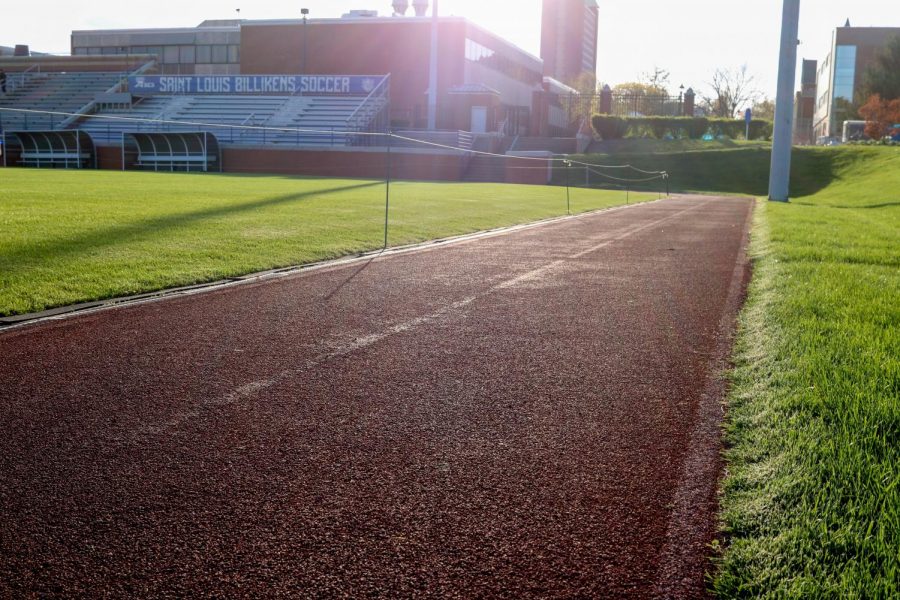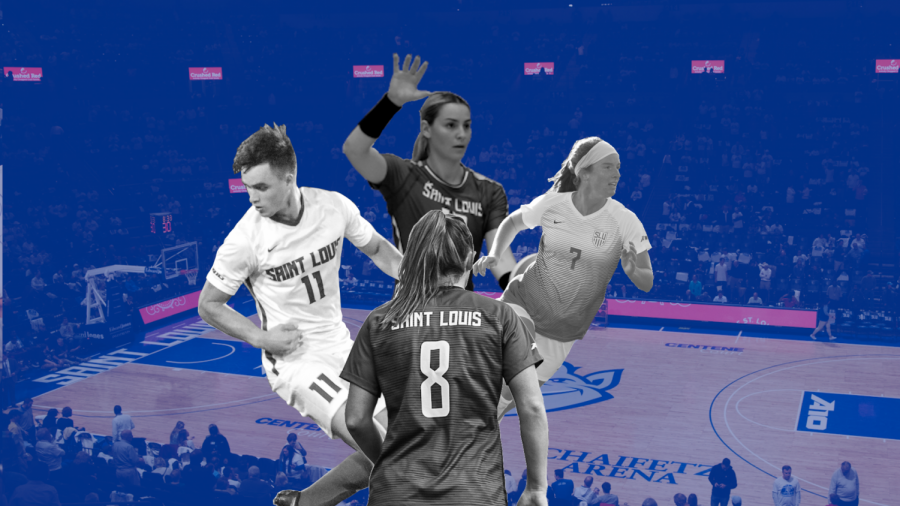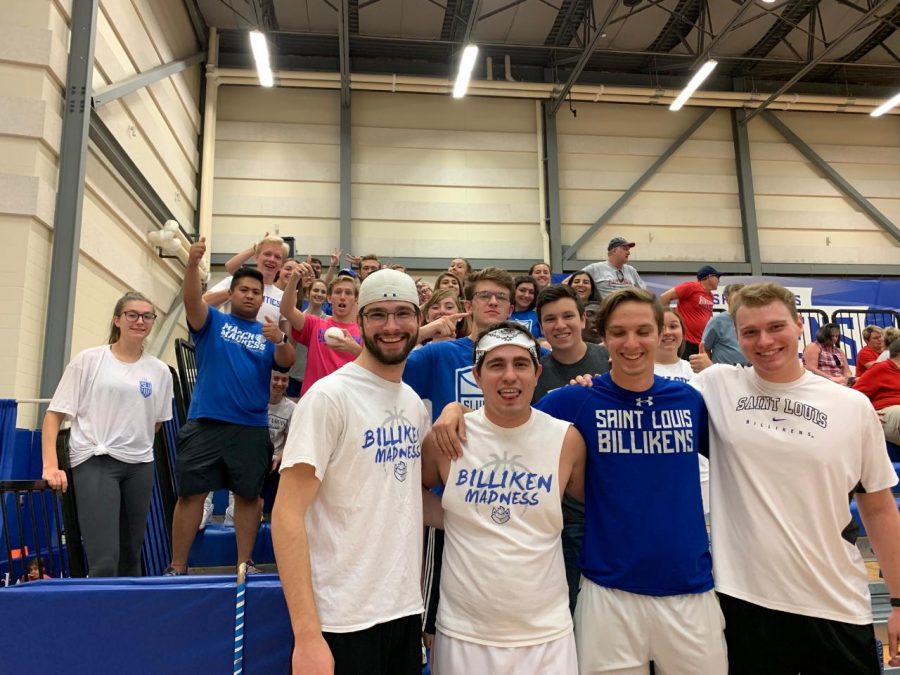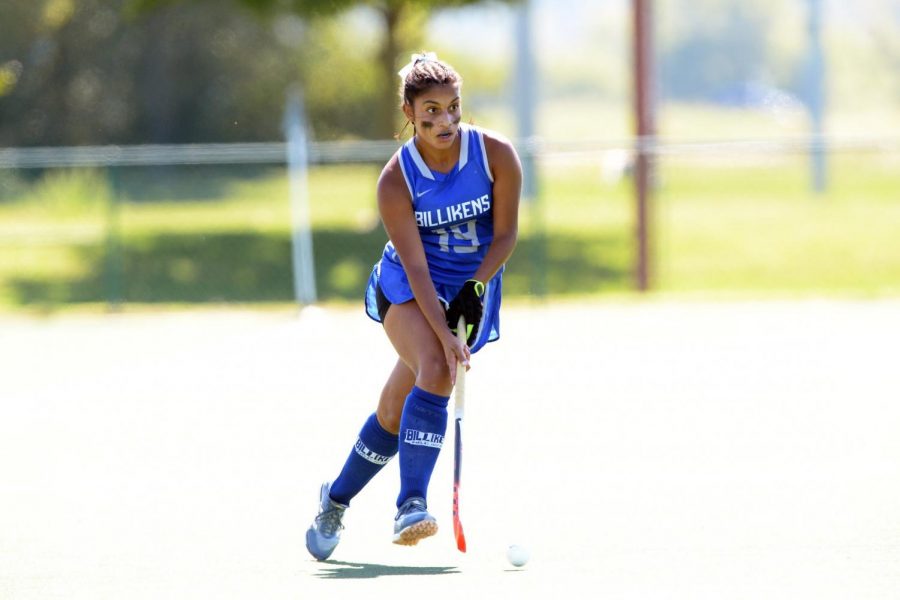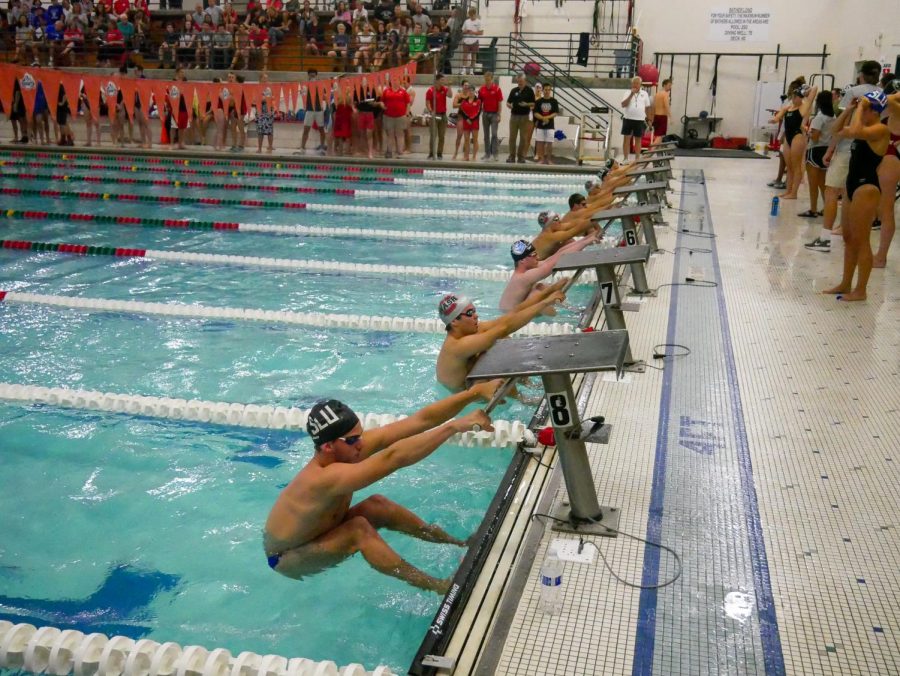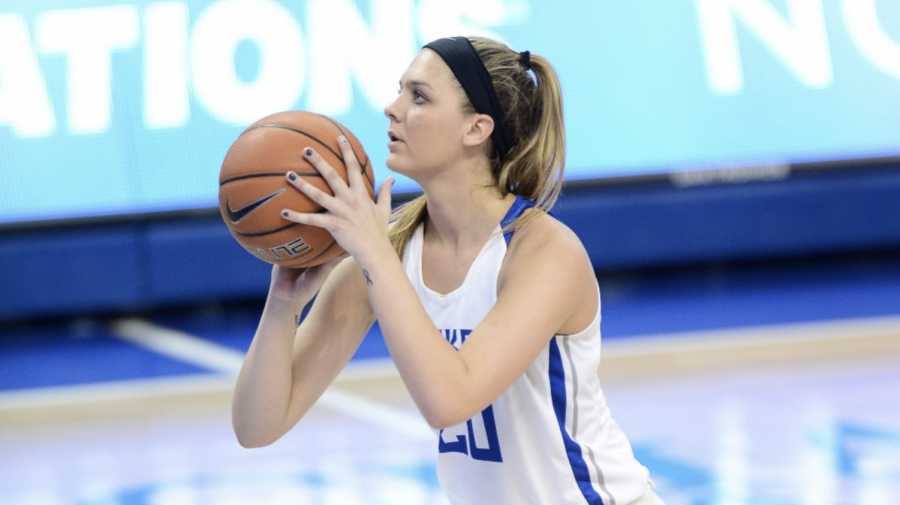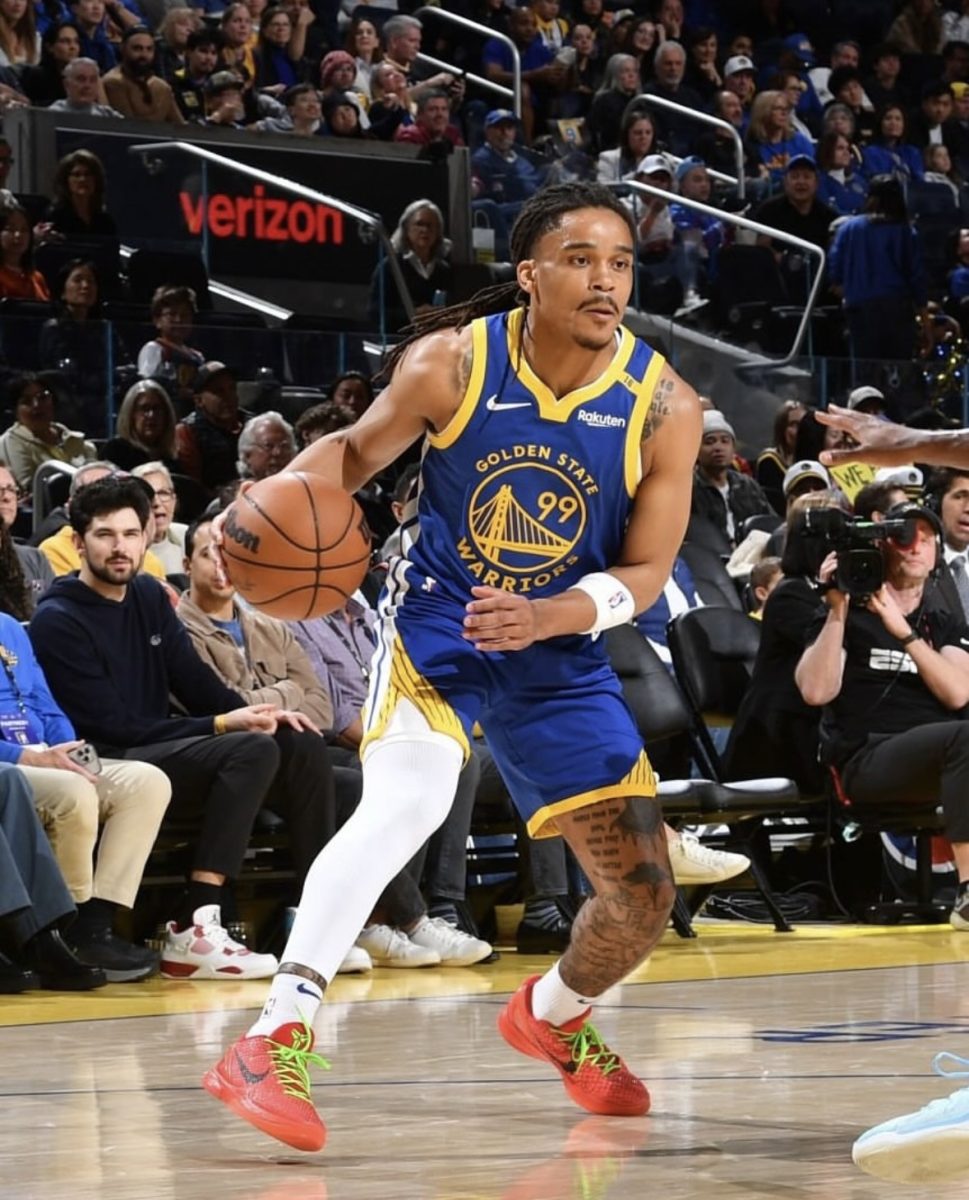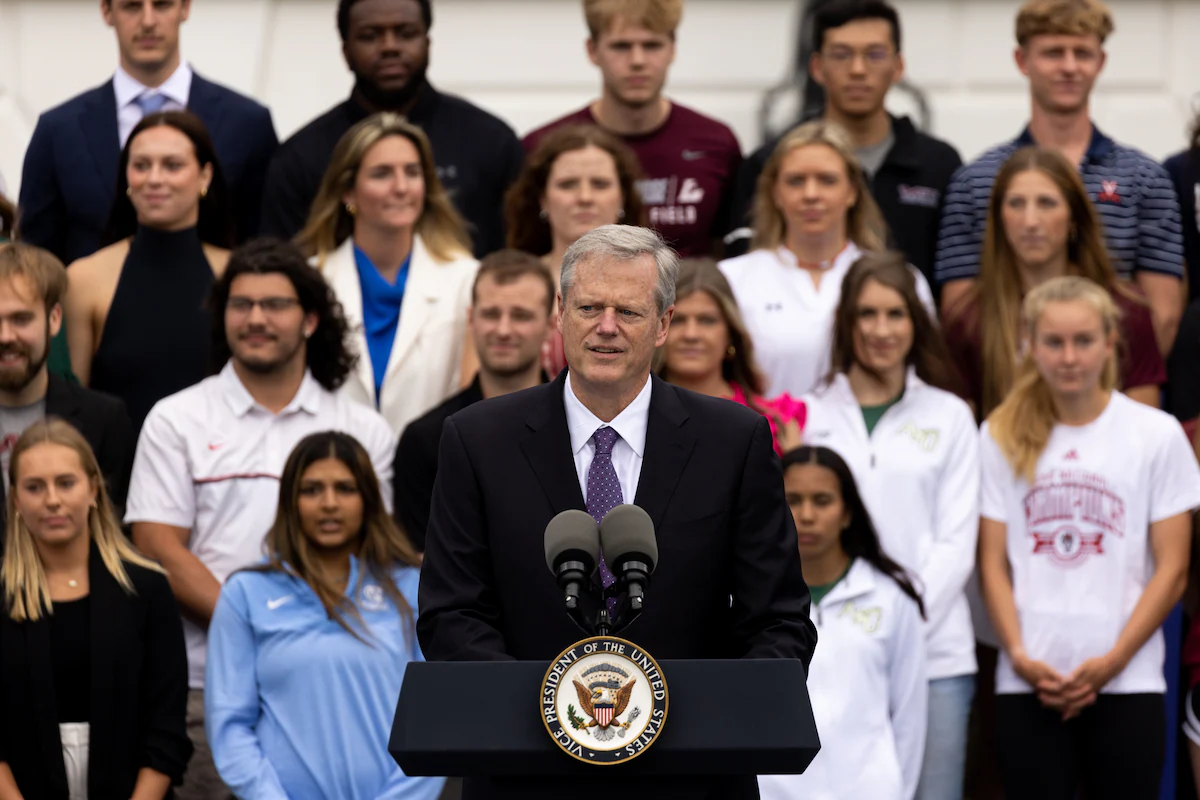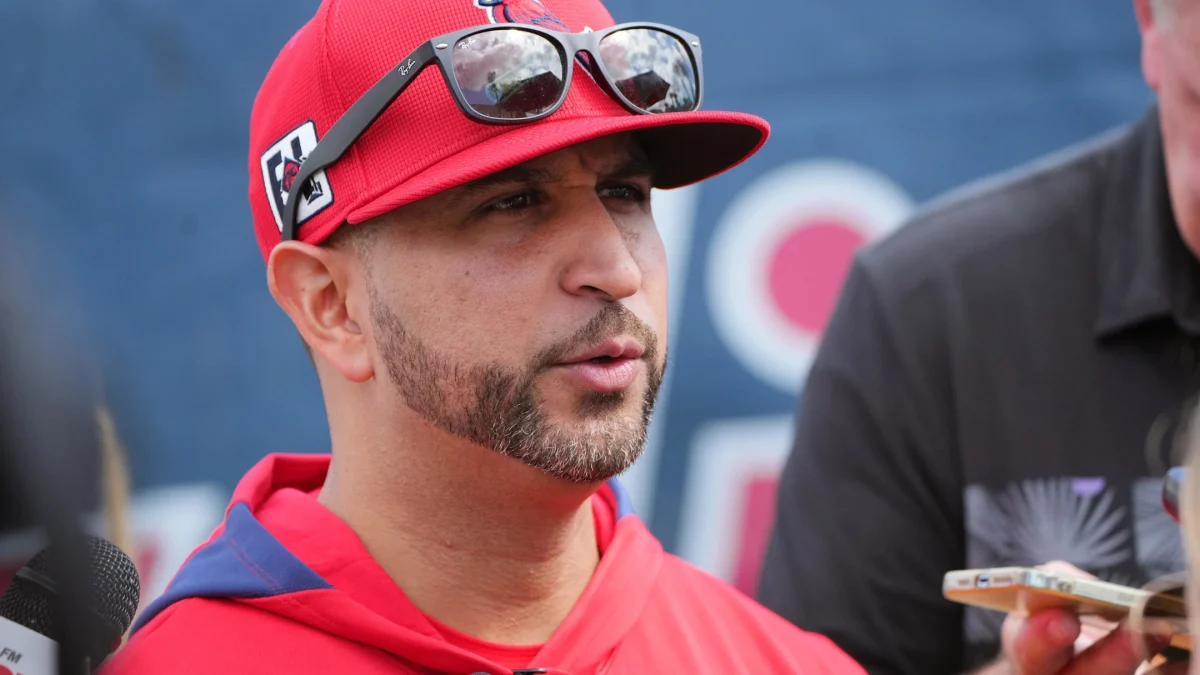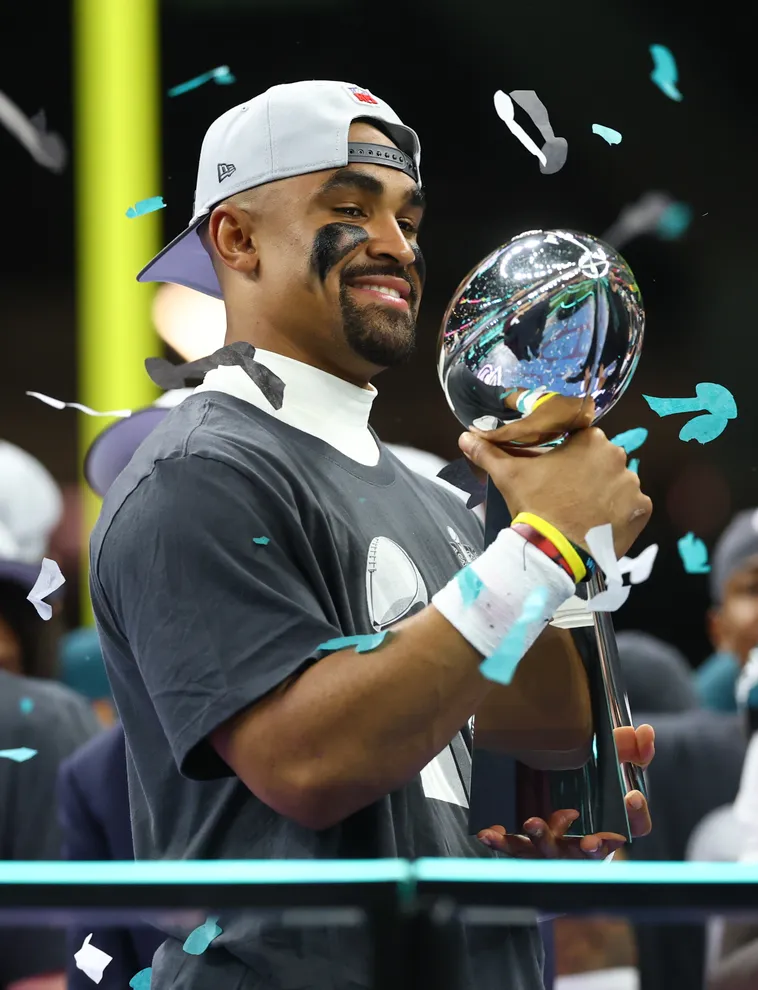College basketball has a scoring problem, and it’s losing fans because of it. Last season, teams scored an average of 67.5 points per game, the lowest point total since the 1951-1952 season. Because of this sustained drop in scoring and overall blandness of the college game, many fans care only about college basketball when it’s time to fill out brackets in their office pool in March.
Overall attendance at regular season games has dropped every year for the last five years, and attendance at last years’ March Madness tournament hit a five-year low. Some of this drop can be attributed to the myriad of other ways one can watch a game today, but with the slow-paced, low-scoring style of play prevalent in college there is no incentive to go to games when you can watch the few exciting moments on ESPN an hour after the game is over. So, what then can be done to speed up the game and make it more exciting for the average fan?
For starters, the simplest and most effective way to speed up the game is to shorten the shot clock to an NBA- length 24 seconds. Making this simple change would guarantee teams more possessions over the course of a game. More possessions equal more shots, which would hopefully translate into more scoring. In a game last year, Georgetown defeated Tennessee by a sleep-inducing 37-36 score. At half time, the Volunteers led the Hoyas 18-16, hardly a barnburner that draws in the viewing masses. A shorter shot clock in that game would have at least forced each team to move the ball up the court quickly and run their offense, rather than walking the ball up the court and holding it for 30 seconds before finally running a play.
The current 35-second shot clock, which allows teams like Tennessee and Georgetown to play such a game, is also hurting the growth of players in college basketball. Shortening the shot clock would force players to play at a higher level and lead to a more fluid and enjoyable game to watch. For the players that are able to jump to the NBA, they would be much better prepared for the NBA game because they would already have the experience of making the quick decisions required to play in the NBA.
It’s not just fans and the media who think college basketball should look at changing the shot clock. Many coaches have voiced their displeasure with the longer shot clock with Michigan State head coach Tom Izzo as one of the biggest proponents of shortening the shot clock.
“We have the slowest game in the world. The international is less, the pro is less, the women’s is less. And here we are with 35,” Izzo said in a radio interview earlier this year.
In a poll of 100 college basketball coaches done by cbssports.com, 19 percent of respondents said that the number one rule change they would like to see is a shortening of the shot clock, far outweighing the second most wanted rule change, getting rid of transfer waivers for players, at 11 percent.
While shortening the shot clock would have an immediate impact on improving the pace of play, critics have rightly pointed out that just changing the shot clock will not automatically improve the fluidity of the game and enhance scoring. They say that with the current way college basketball is refereed, all shortening the shot clock will do is lead to more bad shots against good defensive teams. And, in fact, just as scoring is down across the board, the number of fouls called reached an all-time low last season. Thus, if the NCAA ever passes a rule to shorten the shot clock they must package that with a change in the way games are refereed. Mainly, referees must start calling more fouls.
If you have ever watched a game between Georgetown and Syracuse or any other game from the conference formerly known as the Big East, you know what I’m taking about. Watching a game between two former Big East teams was like watching a touch football game on a basketball court.
Hand checking is ignored, cutters can’t make it from one side of the court to the other without being bumped, grabbed or flat out held, and players use their hands to play defense rather than moving their feet. By allowing this style of defense, it is almost impossible for teams to run their offenses effectively because the defense can easily disrupt the play by simply bumping a cutter or hand-checking a ball handler.
One of the major reasons, other than Michael, Magic and Larry, that the NBA has seen the fluidity and excitement of NBA games take a major leap in the last 30 years is because in 1994 NBA commissioner David Stern outlawed hand checking and in 1997 he limited the use of forearms.
These changes allowed the game to speed up and have attracted millions of new fans, thanks to the new up-tempo, exciting style of play. For college basketball to take the same leap the NCAA must make these same rule changes and address the lack of fouls called during games.
As someone who loves basketball and will watch regardless of whether the rules change or not, it would be nice if the NCAA, for once, listened to the fans and coaches and made rule changes to bring the sport up to speed with the rest of the basketball world.
Until the NCAA makes some changes, it will continue to alienate millions of fans until it’s bracketology time. Until that time, I can’t wait for SLU vs. Wisconsin this November, first to 50 wins.




